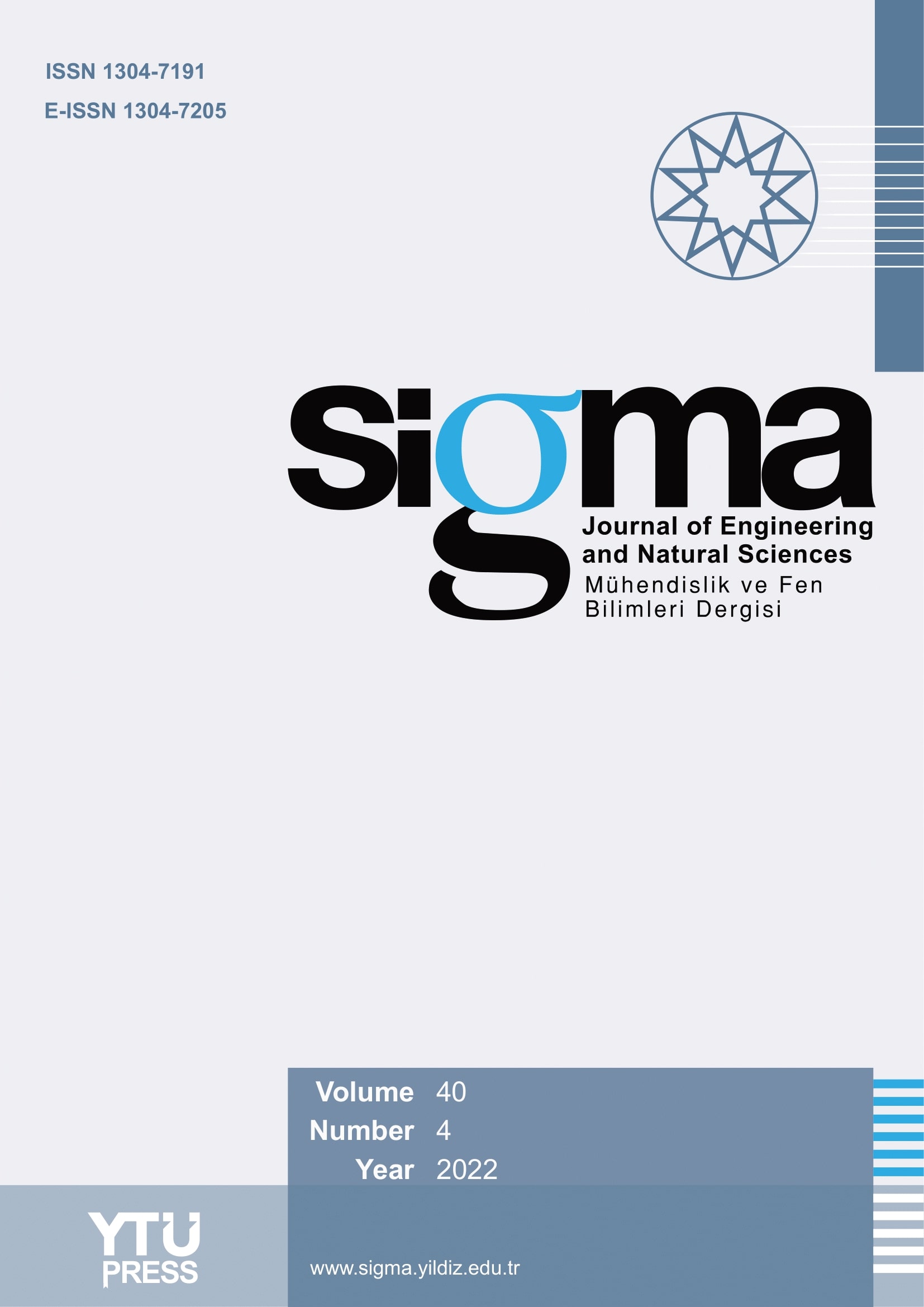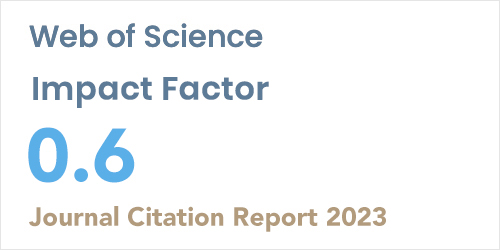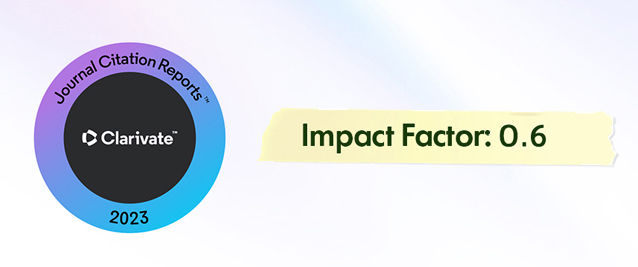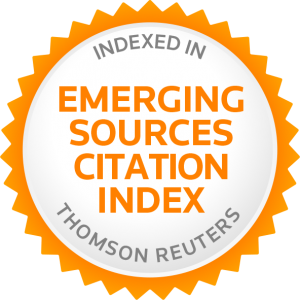2Department of Mechanical Engineering, Amrutvahini College of Engineering Sangamner, India
Abstract
This study examines the effect of build orientation on the tensile properties of polyethylene terephthalate glycol (PETG) components fabricated using fused deposition modeling (FDM). Orientation is a critical factor influencing anisotropy and mechanical performance in load-bearing applications. Standard tensile specimens were designed in CATIA V5 according to ASTM D638 Type I geometry and printed on an Ender 3 system using 1.70 mm PETG filament at three orientations: flat (0°), inclined (45°), and vertical (90°). Tensile test was conducted on a universal testing machine to evaluate tensile strength, strain, displacement, and fracture behavior. Results showed a strong dependence of tensile strength on orientation: flat (0°) specimens achieved the highest strength (48 MPa, 1.35 kN), inclined (45°) specimens exhibited intermediate performance (31 MPa, 0.75 kN), while vertical (90°) specimens showed drastically reduced strength (4.8 MPa, 0.25 kN) due to weak interlayer bonding. Vertical prints also displayed higher strain (1.4%) but brittle fracture with low displacement (0.7 mm). The novelty of this work lies in providing a systematic, multi-metric analysis of tensile performance across orientations for PETG, which remains underexplored compared to PLA and ABS. The findings contribute practical design insights for optimizing FDM-printed PETG parts in structural and aerospace applications.













